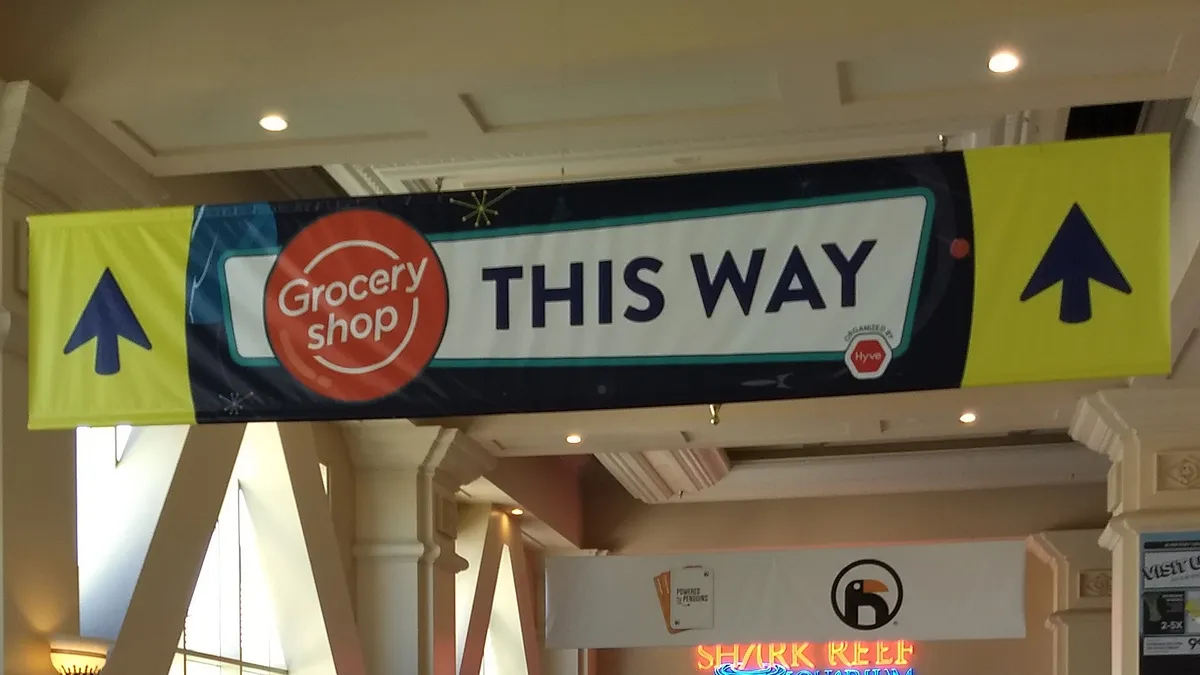Dive Brief:
- Convenience stores set a record last year with $233 billion worth of in-store sales, according to The Shelby Report, citing data from the National Association of Convenience Stores. Top categories included tobacco, with 36% of in-store sales, and foodservice, which accounted for 22% of in-store sales.
- Despite tobacco’s leading share of sales, it drove just 18% of gross profit dollars — half the amount claimed by foodservice.
- Direct store operating expenses, including property taxes, insurance and credit card fees, were higher than in-store sales, making it difficult for stores to grow.
Dive Insight:
Convenience stores are in an envious position right now because their small size and multitude of locations cater to consumer shopping preferences. According to research firm IRI, two-thirds of all shopping trips these days are so-called “quick trips” to snag a meal or a few fill-in groceries.
C-stores clearly realize the opportunity at hand. Many have revamped their foodservice offerings to include a wider, fresher variety of grab-and-go foods. Sandwiches, wraps, salads and cut fruit are common finds at c-stores these days, as are ethnic, vegetarian and gluten-free offerings — a far cry from stale coffee and a few hot dogs lazily spinning on a heating rack.
To get a sense of just how important foodservice is to c-stores, consider this breakout that the NACS provided in its report: Companies that rank in the top fourth of the industry in terms of store sales sell three times more prepared foods and 6.6 times more hot coffee than companies that rank in the bottom fourth.
For supermarkets, this amounts to increasing competition from a channel they’ve long written off. It’s also a sign that quick shopping trips stand to transform food retailing. In the past few years, grocers, who have long operated their own c-store formats, have built more convenience-focused locations. Giant Eagle’s GetGo gas stations are being remodeled and rebranded as GetGo Café + Market, and carry groceries as well as a variety of prepared foods. Hy-Vee has also invested in its convenience stores, while Martin’s in Indiana just introduced a Martin’s Express format.
Although these smaller formats seem promising, the fact remains that many grocers operate large stores that don’t cater to consumer quick trips. As demand continues to evolve, it’ll be interesting to see how supermarkets update their traditional stores to help shoppers get in, get out, and get going in a hurry.










